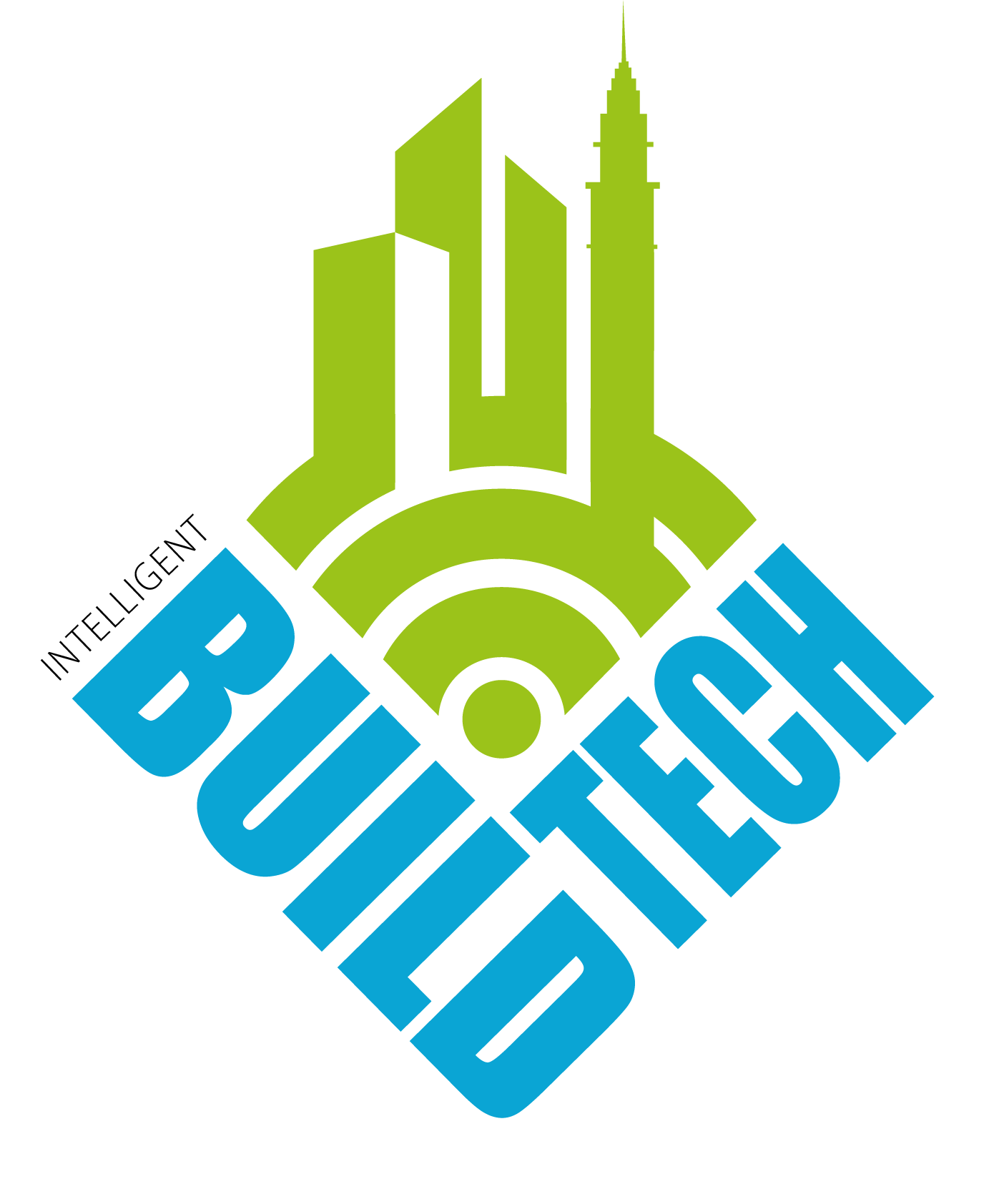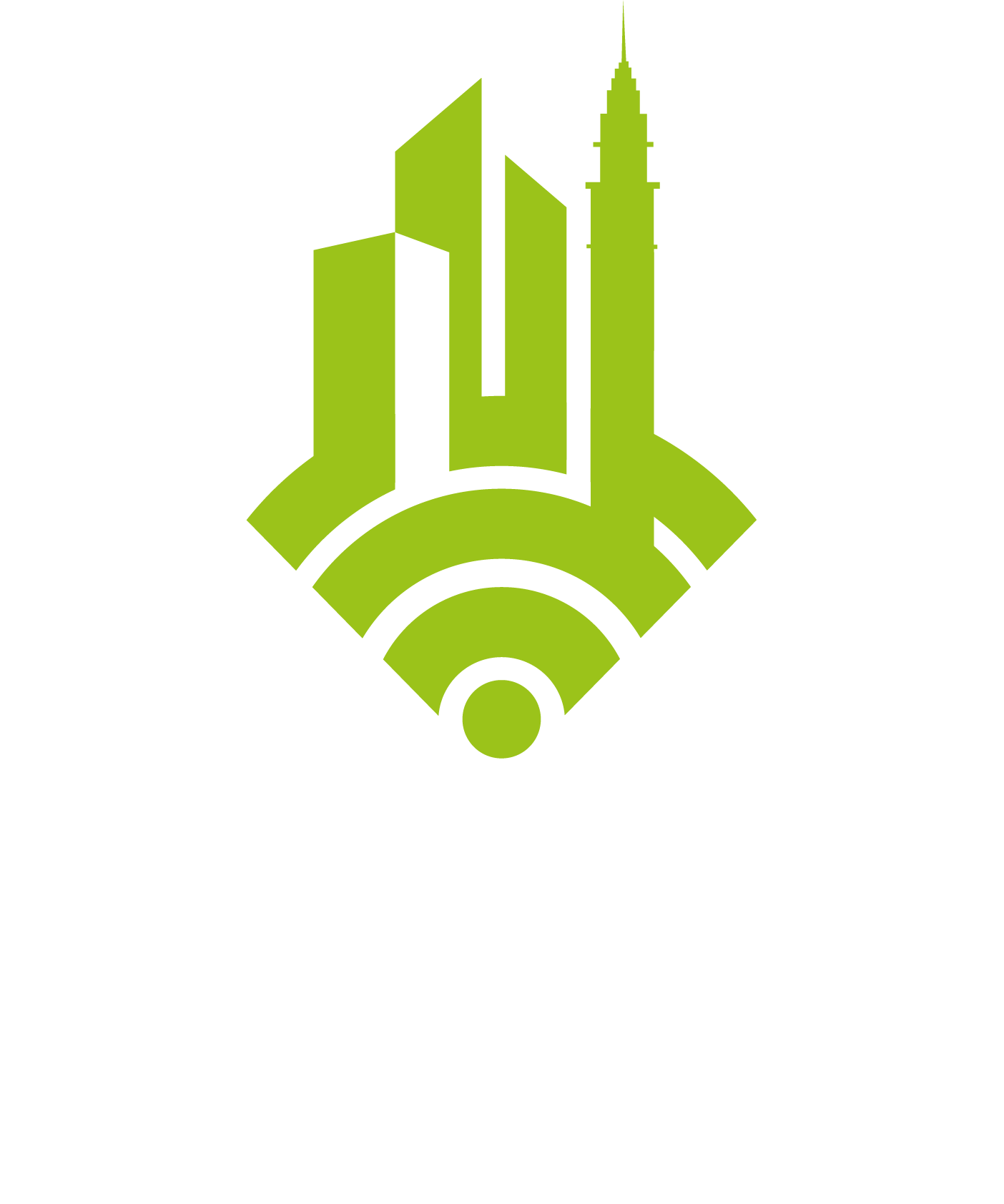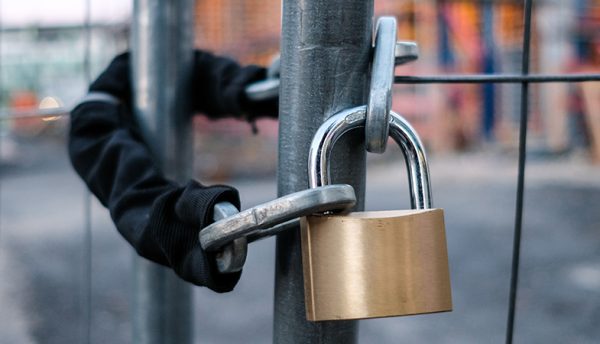As the prevalence of theft proceeds to burden the construction industry, Alexis Potter, Managing Director, BauWatch UK, dives into the state of site security and how technology is strengthening construction sector against theft and damages.

As the year draws to a close, bringing longer nights and a tailwind of economic uncertainty, the risk of theft increases for all sectors – especially exposed and vulnerable construction sites, which often house millions of pounds worth of equipment.
The consequences of theft to construction firms, communities and, indeed, the taxpayer (say in the case of cable theft from railways) can be devastating. Already, the construction community loses around £800M a year to theft, and worryingly, in our experience, criminals are also getting smarter.
This year, we saw several reports from farmers about drones and social media being used to ‘scope out’ farms before vehicles and equipment are taken, for instance. Germany also suffered the worst copper heist in its history, when US$200M worth was stolen from metal provider Aurubis in May, showing how brazen criminals are becoming.
To meet this challenge, the security technology industry has been drawing on the capabilities of increasingly advanced technology, like Artificial Intelligence (AI), to fight fire with fire. In fact, A/O PropTech recently found that AI-enabled construction start-ups have overtaken AI-enabled FinTech start-ups in raising capital in the last three years.
The power of imaging technology
CCTV and video technology is becoming more automated, and intuitive and incorporating cutting-edge recognition. AI and Machine Learning (ML) algorithms are at the heart of these innovations, giving project teams access to reams of data to improve response times and proactively identify security threats. Construction firms commonly use CCTV systems because they reduce the need for extensive on-ground security personnel and mitigate the chance of human error. They’re fit for all types of construction sites, especially those in high-risk areas or with valuable assets, and footage also provides valuable evidence for any investigations following incidents.
Adding AI supercharges surveillance systems, redefining how construction companies collect and interact with information. We’re now seeing many next-generation site-wide monitoring systems draw on computer vision (CV) software that can be integrated into existing technology. These systems are adept at analysing video footage in real-time, so they can detect unusual patterns, specific objects, faces of intruders or activities that could indicate a potential security breach.
AI-imaging technology is also helping us aggregate data over time, unveiling patterns and trends in site activity to anticipate potential threats and help site teams proactively modify their security strategy. Algorithms can be trained on images of security threats or synthetic data to grow smarter and more effective. As a result, AI means security teams can take a more proactive approach to security rather than reacting to incidents before it’s too late.
Eyes in the skies
Similarly, drones – a new favourite of perpetrators themselves – have also emerged as a powerful counter-crime tool for construction firms. Much like CCTV towers, drones are great surveillance tools for large-scale projects or sites with challenging terrain that can be deployed without putting workers at risk. What’s more, a lot of drone technology now has AI technology integrated, so it can better detect threats.
You don’t need to be an expert pilot either, as they can be easily programmed using apps for regular site inspections, following specific routes at scheduled times. They can be an effective way to protect high-risk areas where valuable materials or expensive equipment are stored. Automating their activity also makes them particularly useful for after-hours surveillance.
Adding the human touch
While finding the right technology for a security strategy is important, the value of good customer service and ongoing support from vendors cannot be understated. Introducing new processes can be daunting, particularly in an industry that has traditionally been slow to adopt change, so it’s vital that contractors feel safe in the hands of new partners and that any investment will be made worthwhile.
This means having comprehensive training on how to use and integrate new technology, responsive teams that communicate transparently and an effective monitoring team behind operations. As a result, firms can expedite the onboarding process and start reaping the benefits of their new venture as soon as possible.
Enabling a secure future
In a world where the stakes are high, and the risks are ever-present, the construction industry is embracing a new era of security fortified by technology and innovation. Theft is a serious issue that can waylay projects from small housing developments to major infrastructure builds. This is why the Construction Equipment Association recently made a joint commitment with other industry groups to put £650,000 towards tackling machinery theft in the UK.
The industry is not just responding to threats but now anticipating and outsmarting them with the latest technology, like AI-powered surveillance tools. As the industry adapts to the evolving landscape of risks, these technological advancements aren’t just add-ons; they are essential components of a comprehensive security strategy, ensuring that projects stay on track, assets remain secure, and the construction industry continues to build the future, undeterred and unthreatened.
Click below to share this article

